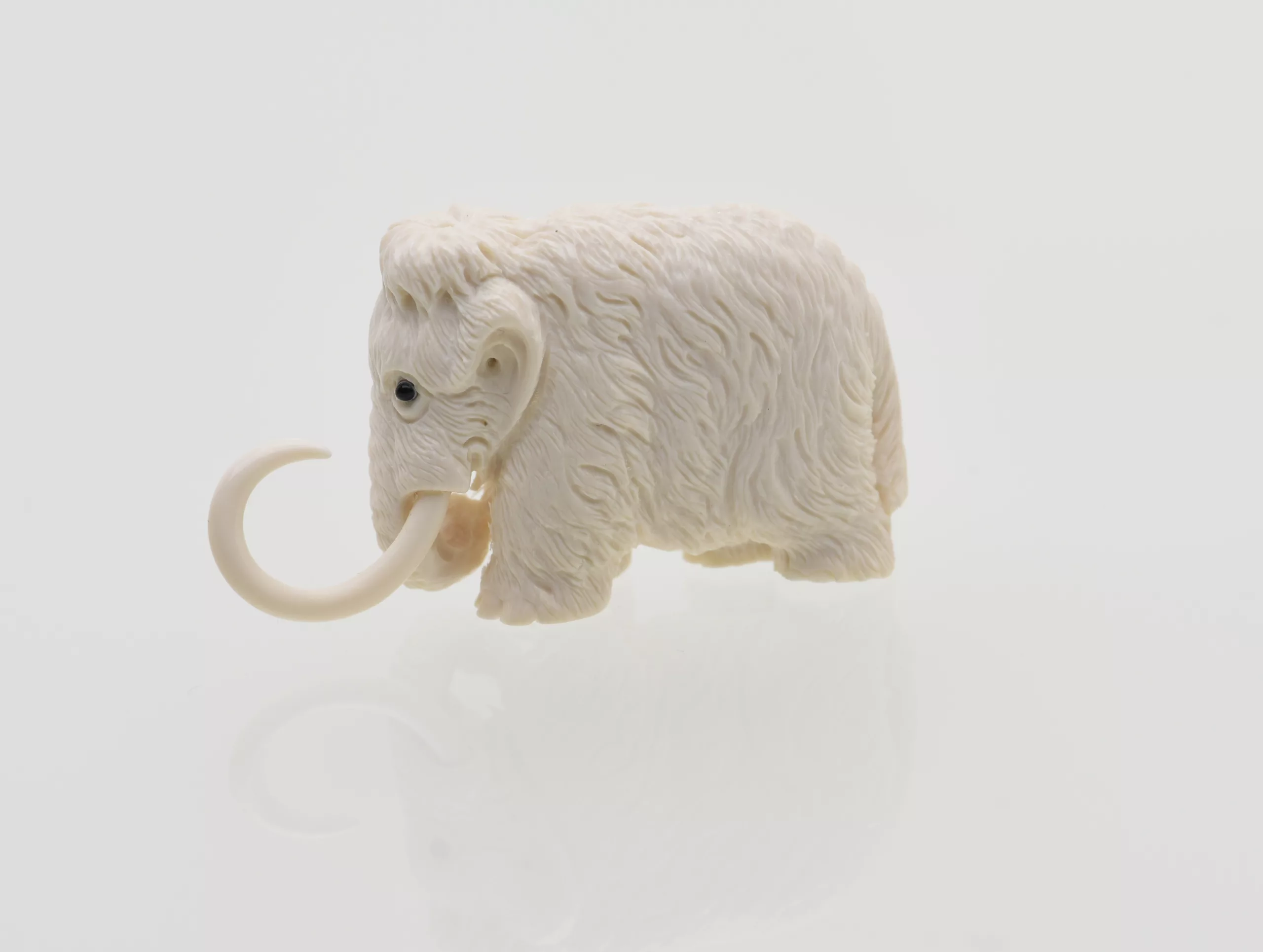
DNA species identification of ivory
The Swiss Gemmological Institute SSEF has become the first gem laboratory worldwide to introduce DNA fingerprinting of ivory as a standard client service. It involves a scientific method that can provide valuable information about the species of ivory being used in jewellery and ornamental objects, in order to determine whether it is CITES-listed elephant ivory or non-listed mammoth ivory.
The need to conclusively identify the source and species of samples of ivory in the trade has become more urgent following discussions in August 2019 by the Convention on International Trade in Endangered Species (CITES) on the possible inclusion of mammoth ivory in the CITES appendices. Mammoth ivory is used in carvings and jewellery, and is sourced from the remains of mammoths preserved in the permafrost of current-day Siberia. The mammoths, which were common to the region, became extinct about 10,000 years ago.
DNA fingerprinting, together with a morphological analysis of an ivory sample, helps ascertain whether an item of ivory originated from a historic or modern source. This is particularly helpful in identifying cases of fraud where, for example, CITES-regulated elephant ivory is misrepresented and sold as mammoth ivory. It currently is not possible to identify the species of ivory using commonly available gemmological techniques.
« We are proud to be able to offer this new service to the trade and support the important work of CITES and customs in animal conservation,” said Dr. Michael S. Krzemnicki, director of SSEF. “This service builds on our pioneering research into the DNA fingerprinting of pearls and corals, and the development of new methods to increase the traceability of organic gem materials in the trade.”
Both the research into DNA fingerprinting of ivory and the offering of the new service is being done in partnership with the Institute of Forensic Medicine at the University of Zurich, one of Switzerland’s leading forensic institutes. Detailed information about the use of DNA fingerprinting of ivory will be provided in an upcoming journal article.


